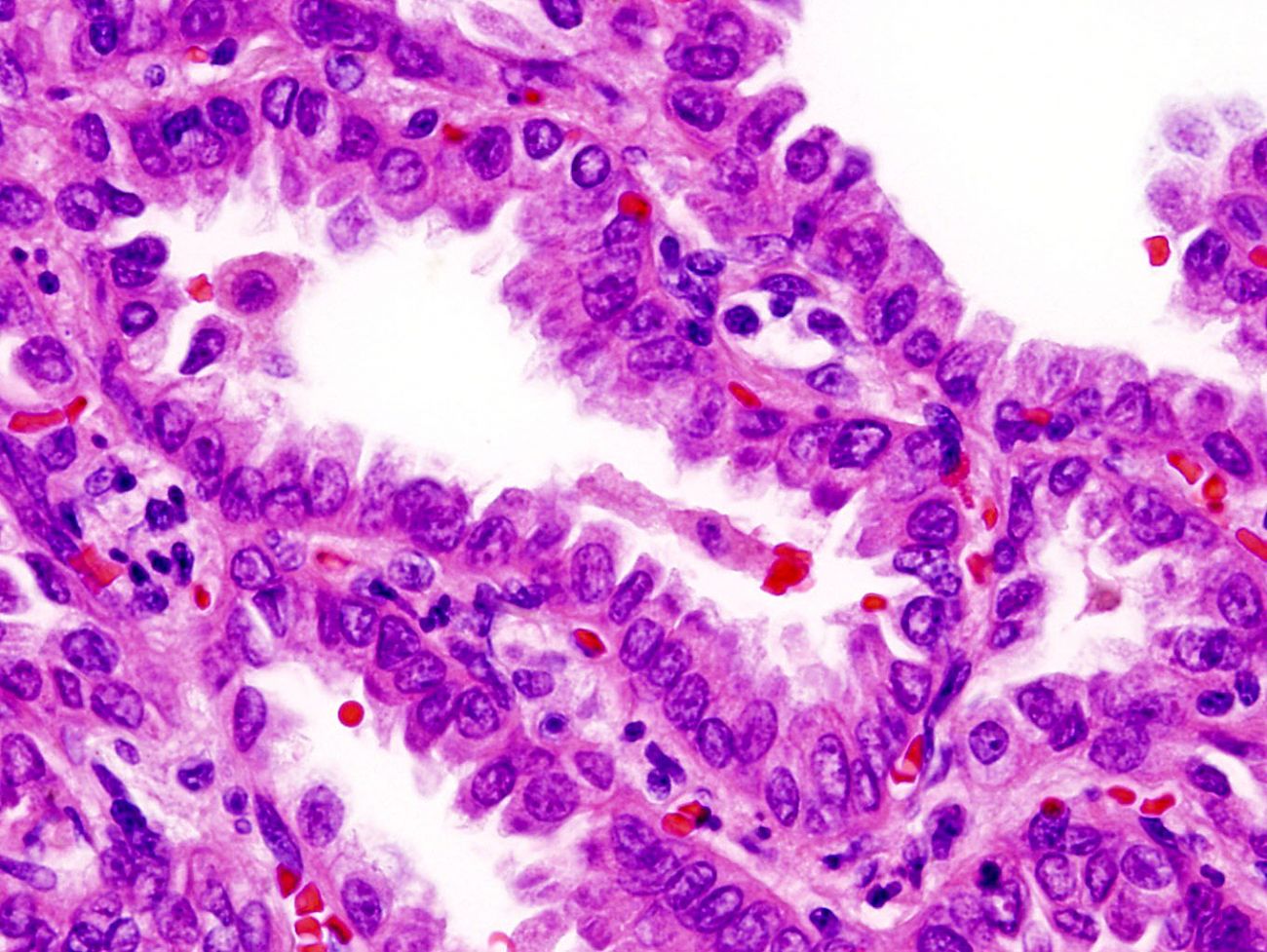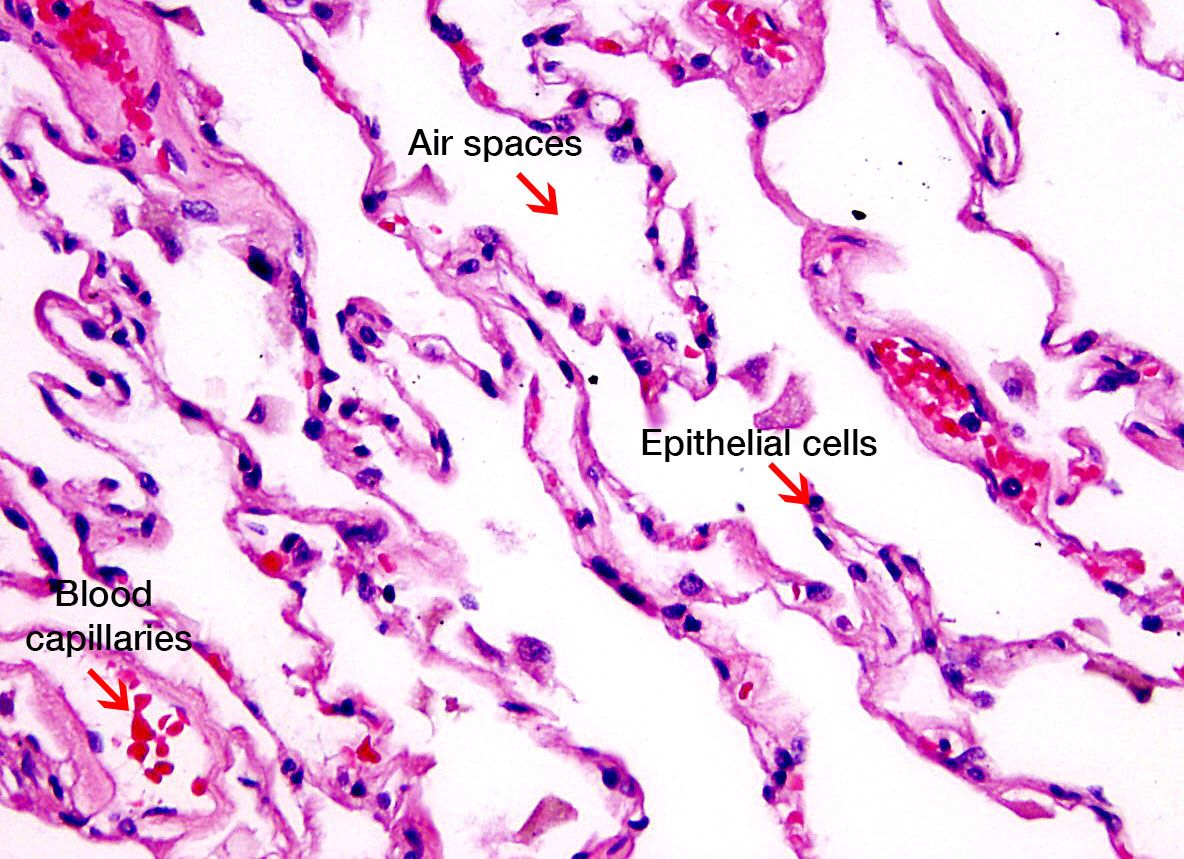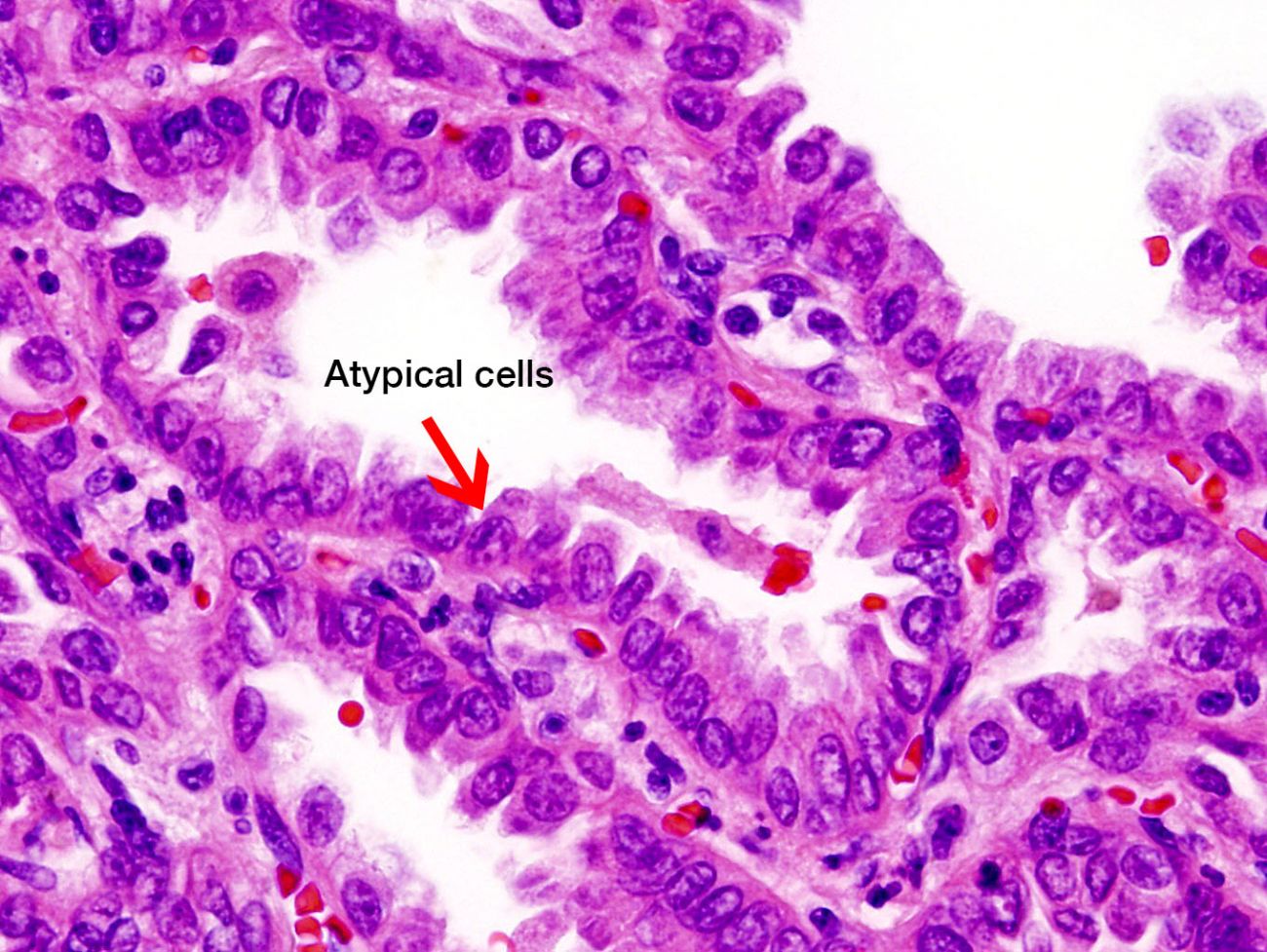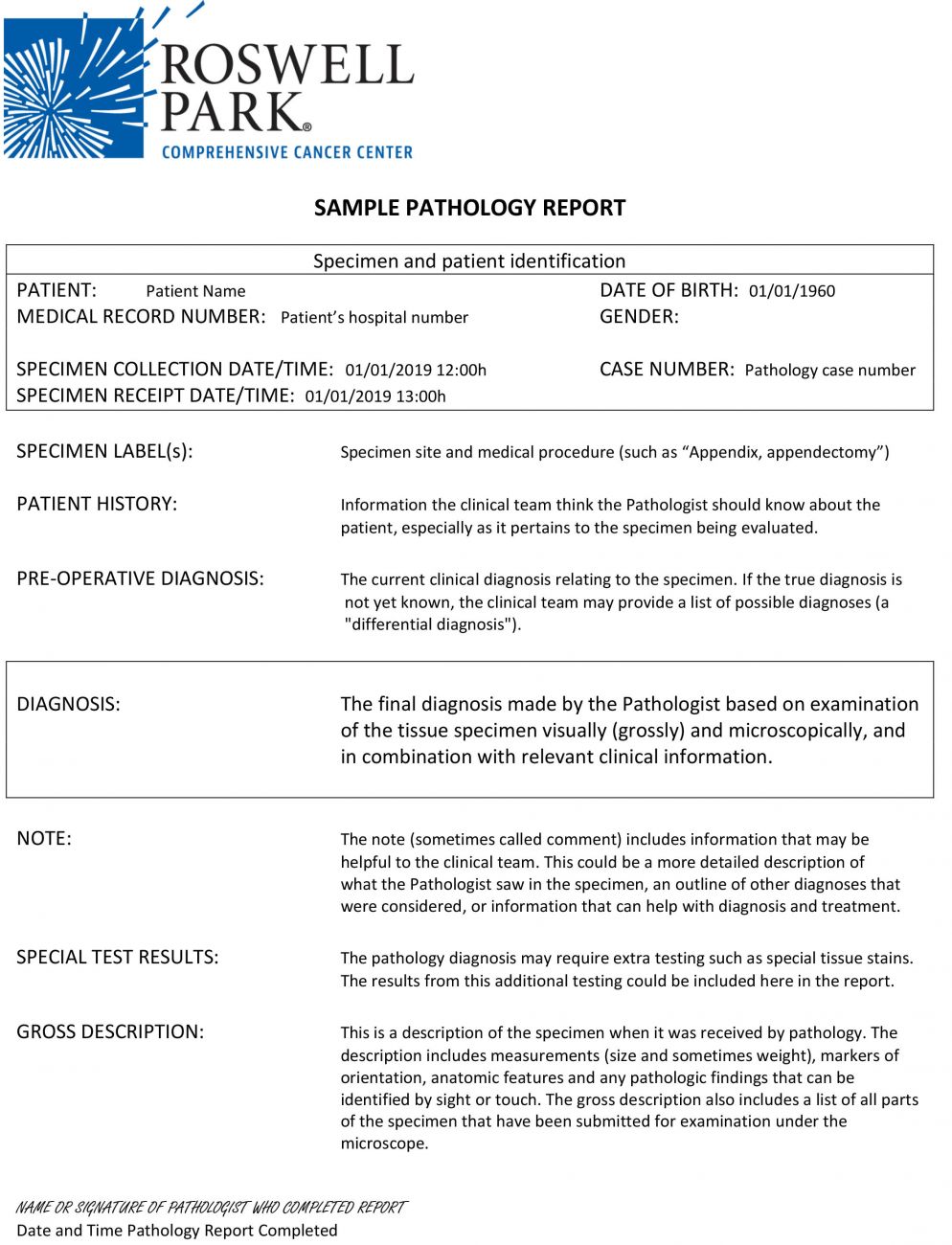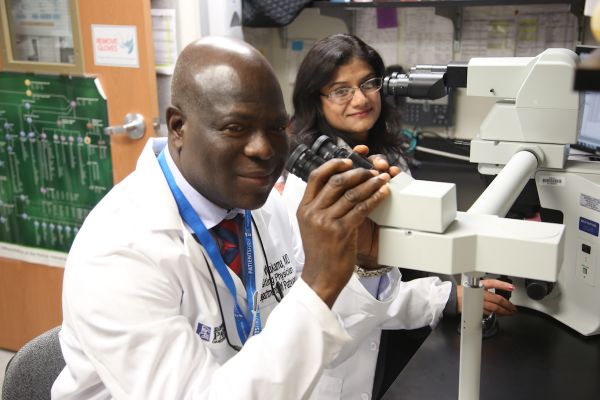The Terms You Need to Know to Understand Your Lab Results
Throughout our lives, most of us will undergo a variety of medical tests to help identify and treat various ailments and diseases. These exams will probably include a pathology test, which is used to study the cause and progression of a disease.
Pathology testing is necessary for identifying a particular type of cancer. Some of the words used in the pathology report may be unfamiliar to you. While your doctor can help you understand the medical language, you may find it helpful to have a basic knowledge of the information that’s usually included in a report. The wording can vary, but these general terms are often part of a pathology report and diagnosis:
Pathologist (puh-THAH-loh-jist) — A physician with specialized training in identifying diseases by studying cells and tissues under a microscope.
Atypical (ay-TIP-ih-cul) — Not typical. This word describes cells that may appear abnormal or unusual when viewed under a microscope. It can also be used to describe a person’s symptoms when they are different from the symptoms typically associated with a particular cancer.
Tumor (TOO-mer) — An abnormal lump of body tissue that can arise from cells that grow out of control. A tumor can be malignant (cancerous) or benign (not cancerous).
Malignant (muh-LIG-nant ) — Refers to cancer cells that can invade and kill nearby tissue and spread to other parts of the body.
Benign (buh-NINE ) — When a tumor is not cancer and will not spread to other parts of the body.
Never miss another Cancer Talk blog!
Sign up to receive our monthly Cancer Talk e-newsletter.
Benign or Malignant – What Pathologist See
Biopsy (BYE-opp-see) — A procedure in which a small piece of tissue is removed from your body and sent to a lab for testing. A biopsy can be done with a needle, scalpel or other tools. It is a common way to diagnose cancer.
Grading (GRAY-ding) — A system used to describe how different a tumor looks compared to healthy tissue when it’s examined under a microscope. The higher the grade, the more abnormal the tumor cells appear, and the more likely the cancer is to grow and spread. Knowing the grade of a cancer is important in making treatment decisions. There are different methods of grading for different types of cancer.
In Situ (in-SIGH-too) — A term used to describe cancer that has not spread to nearby tissues.
Cyst (sist) — A closed, sac-like pocket of tissue that can develop anywhere in the body.
Mass — A medical term for a lump.
Now that you're familiar with some of the terms that you might see on a pathology report, let's take a look at what a pathology report actually looks like:
